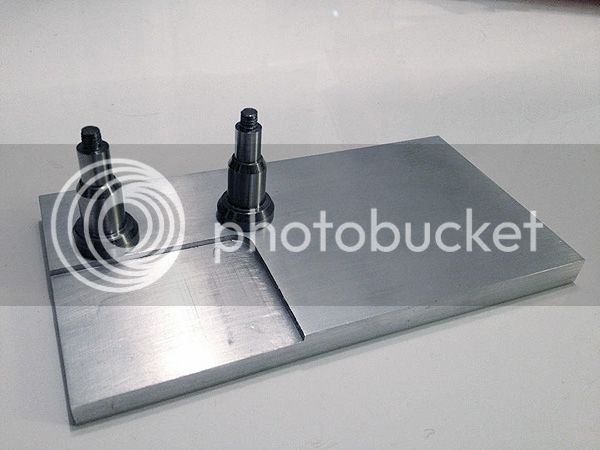Hi,
I build mine out of CI as sugggested by Jan in his original plans. He may have revised his plans and suggested new materials. The choice of cast iron was beacause of :
A: CI retains heat almost better than any other material, this is necessary for the smooth operation of the vaccum engines.
B: CI is a self lubricating material therefore the combination of CI cylinder and piston dies not require any lubricants whose residue will impair the operation of the engine.
On the negative side CI rusts like hell due to the high water vapour present in the combustion of the alchohol, this is not desirable as you are not to lubricate the piston and the cylinder to avoid rust.
The change in material from CI to Stainless and Gaphite will, to a great extent retain the positive qualities of the CI and aviods the negatives as the Graphite piston is almost frictionless. The question however remains, as to what type of Graphite Jan has specified.
If you are living in the UK, it would be very difficult to find any type of Graphite let alone specific grade of this as I have found out.
Perhaps you could email Jan and ask him, he seems to be a very helpful chap.
Regards,
A.G





